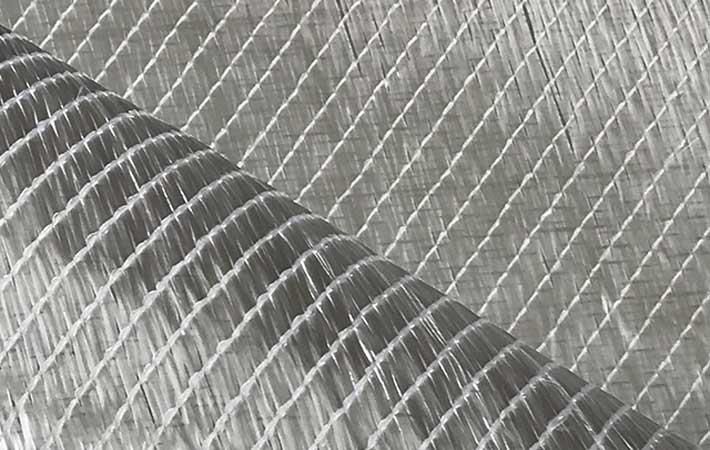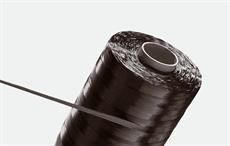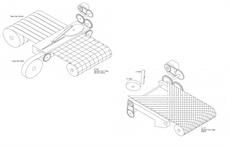Chomarat, the composite reinforcement specialist group, has developed multiaxial glass NCF for thermoplastic composites. The patented stitching yarn can withstand processing temperatures upto 400 degree Celisus, making it an innovative industrial solution for thermoplastic composites and alternative to the woven reinforcements used in the automotive sector.
Chomarat will present its latest innovations at the 2018 JEC World trade show during March 6-8 March in Paris. For the first time, Chomarat is also exhibiting a unidirectional carbon NCF reinforcement that is adapted to the productivity and performance requirements in the wind energy sector.Chomarat, the composite reinforcement specialist group, has developed multiaxial glass NCF for thermoplastic composites. The patented stitching yarn can withstand processing temperatures upto 400 degree Celisus, making it an innovative industrial solution for thermoplastic composites and alternative to the woven reinforcements used in the automotive sector.#
Thanks to a unique patented stitching yarn, the glass NCF reinforcement (GPLY) developed by Chomarat offers new possibilities in thermoplastic RTM and organosheet processes. “This is an especially innovative solution, utilising stitching yarns that are compatible with processing temperatures to 400 degrees Celsius . These multiaxials improve the performance and provide a lot of construction freedom in terms of fibre orientation. These new design possibilities contribute to structural optimisation. The quest for more lightweight vehicles, shorter cycle times and lower cost is a major issue for all builders,” explains Chomarat automotive market manager Francisco De Oliveira.
This new heat-stable G-PLY reinforcement can withstand very high processing temperatures without deformation and provides optimal mechanical performance.
For the first time, Chomarat is exhibiting an infusion-moulded laminate made with 150 plies of its new unidirectional carbon C-PLY. This high-permeability NCF can be used to create extra-thick structures, in particular the wind-turbine blade stiffeners, or spar caps.
“Cost reduction is the challenge in the wind energy industry. Increasing the blade length by incorporating carbon stiffeners increases power, and so it also lowers the cost of the energy,” says Chomarat wind energy market manager Raphaël Pleynet. The carbon UD developed by Chomarat provides a solution to achieve the goal to optimise the weight/power ratio. The UD’s high permeability reduces cycle times and lowers the blade production costs. (SV)
Fibre2Fashion News Desk – India


